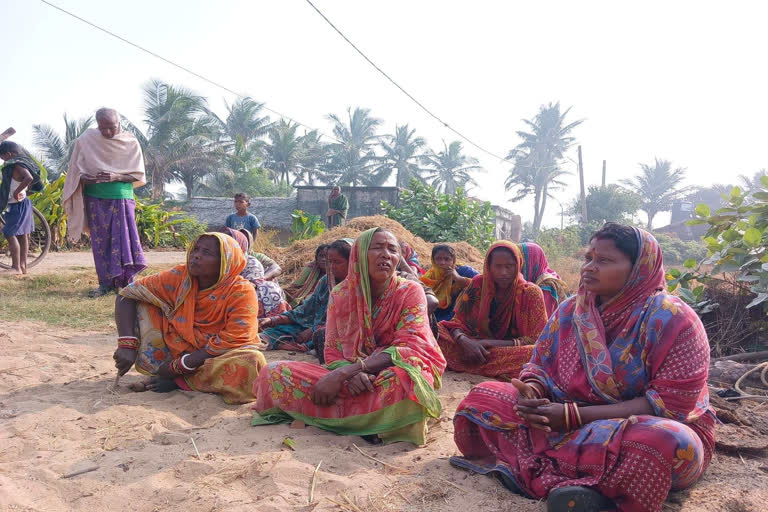No one can capture the relationship between women and disasters in a single narrative. At one level, emergencies affect vulnerable communities disproportionately, and hence amongst these communities, women and children are impacted more. However, women have proved to be most effective in leading emergency response. Moreover, a growing opinion holds that women’s leadership is vital to climate justice.
On International Women’s Day, it would be meaningful to review women’s role and the importance of feminist leadership in building resilience and climate justice. Lack of access and control over resources and exclusion from claiming basic entitlements increases women’s vulnerability and undermines their ability to cope with the impacts of disasters, including those induced by climate change.
In developing countries, women are responsible for basic resources -Women in developing countries are still primarily responsible for securing food, water and energy for cooking and heating. Impaired access to these resources resulting from disaster or climate change reduces their ability to fulfil their needs and those of their families and the wider community.
Perhaps this responsibility also makes women emerge as first responders in times of humanitarian crisis. Development professionals seek to engage the most impacted communities in decision-making and leadership roles as early as possible. Again, we have found women-led efforts to be most effective.
Feminist leadership is also effective for resilience-building efforts or what is also called disaster risk reduction efforts. Across the decades, women have led movements to protect our environment, from Chipko in the Garhwal Himalayas, the Silent Valley in Kerala, Appiko in Karnataka and the Narmada Bachao Andolan. More recently, in Odisha, we have seen women in the community radio movement leading the community to safety during disasters.
Odisha example-With the increasing frequency and intensity of disasters seen across the globe, including in India, our emergency work must focus on resilience building. If we were to take Odisha as an example, being a coastal state in India, located at the Bay of Bengal and counted as amongst the poorest states in the country, the recurrent cyclones, floods and exceptionally harsh heat waves during non-monsoon times in summer, increases the existing vulnerabilities. There is recurrent damage to crops and livestock, with loss of life and livelihood, damage to shelter and the depletion of already meagre resources. People from marginalised communities in high-risk areas are most vulnerable. They urgently need support to mitigate the impact of these recurrent disasters, reduce the risk and build resilience.
Evacuation plans-It is commendable that evacuation plans are in place in Odisha, and people can reach safe spaces like cyclone shelters in a timely manner; this has led to low casualty figures in recent years. However, mitigation and rehabilitation efforts have been inadequate. In villages facing coastal erosion and high-intensity natural disasters, people are deprived of a decent livelihood, education and healthcare facilities. A recent study by ActionAid Association, across 23 coastal villages in Puri, Kendrapara, Jagatsinghpur, Bhadrak and Ganjam districts in Odisha, reveals that 10-15 per cent of the population has permanently migrated and a considerable proportion are migrating for large parts of the year. Dropout among college-going women is very common, lack of financial resources and restricted mobility being the primary reasons.
Underrepresented & Vulnerable communities-Climate change and disaster preparedness efforts need to be addressed with the leadership of the communities affected and specifically with the involvement of the women of underrepresented and vulnerable communities. Other than specific targeted interventions of the Government, the participation of women, youth, people with disability and minorities are not prioritised in the overall disaster risk reduction efforts like capacity building, planning, mobilisation, formation of village-level groups, and linkages with entitlements. As a result, these communities have witnessed a high degree of suffering and difficulties amidst the COVID-19 pandemic due to a lack of access to support.
